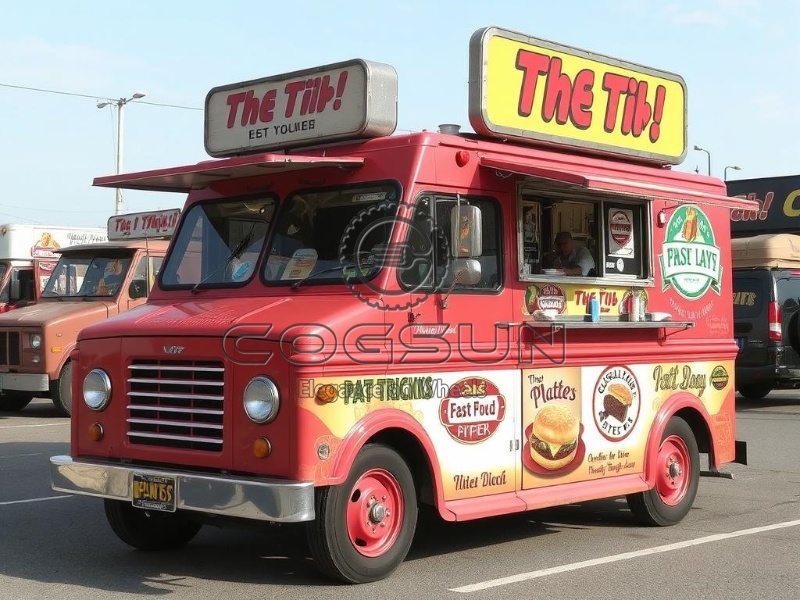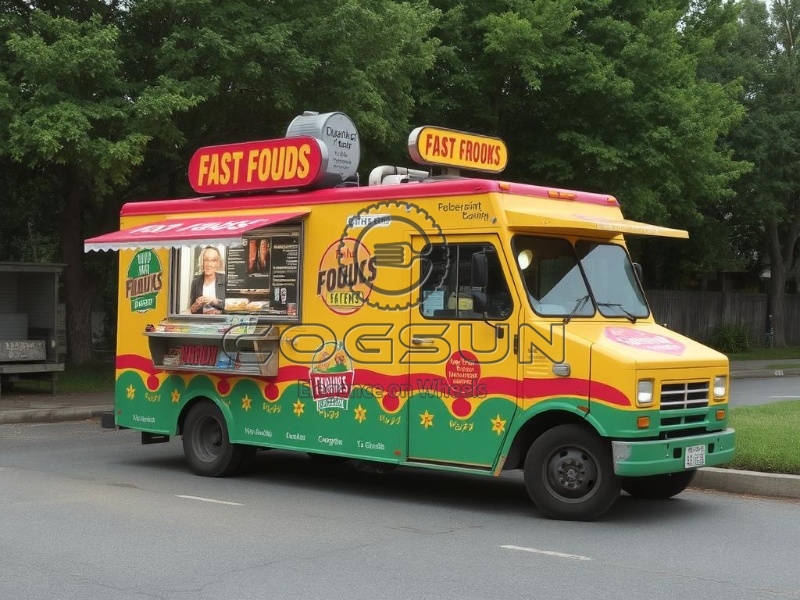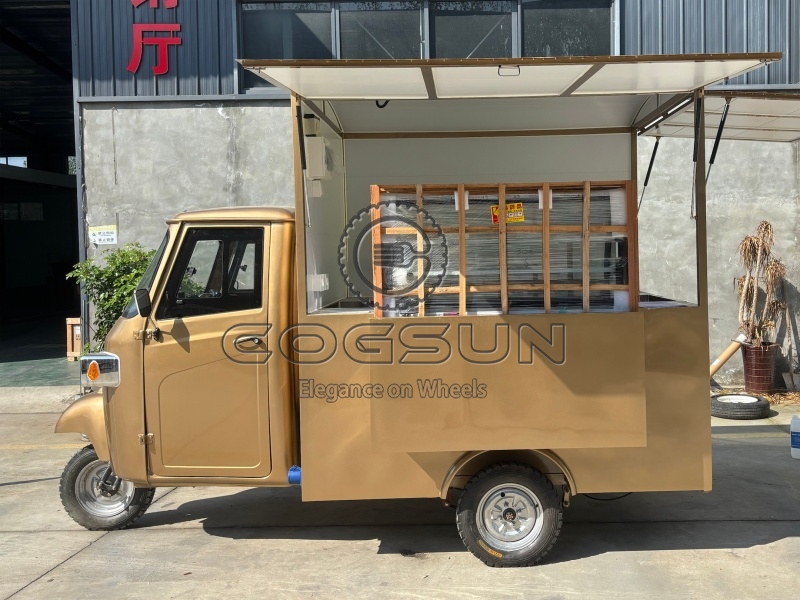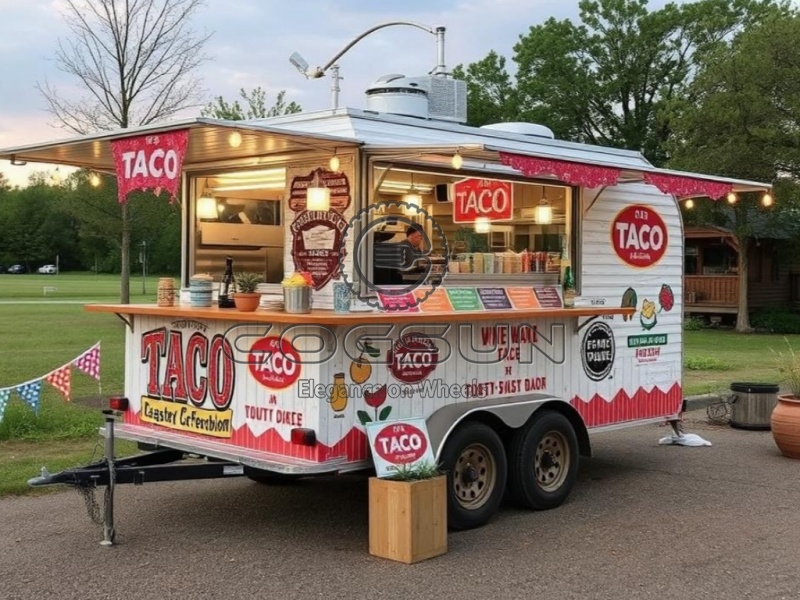Driven by accelerating urbanization and shifting consumer habits, Fast Food Trucks, with their flexibility, low costs, and high visibility, have become a new growth driver in the food service industry. From street food to branded operations, these “kitchens on wheels” are reshaping the fast food industry with innovative models, meeting modern consumers’ demand for convenient, diverse, and personalized dining.

Core Features
1.Ultimate Flexibility, Rapid Market Response
- No fixed location required; business locations can be dynamically adjusted based on seasons, events, or popular traffic (e.g., music festivals on weekends, office buildings on weekdays).
- The modular design supports functional upgrades, such as adding a hot beverage bar in winter or an ice cream machine in summer, flexibly adapting to consumer trends.
2.Low-Cost Operation, High Profit Margin
- Eliminating high rent and renovation costs, energy consumption (electricity/gas) and labor costs (operation can be done by 1-3 people) are significantly lower than those of physical stores.
- Through centralized procurement and standardized processes to control food waste, some brands can achieve gross profit margins exceeding 60%.
3.Strong brand interactivity and significant social reach
- Open kitchen design enhances transparency in the production process, fostering consumer trust. Customized food truck designs and IP collaborations (such as anime and game themes) easily inspire photos and share, generating spontaneous virality.
4.Technology-enabled, intelligent management
- Integrated IoT devices monitor inventory, equipment status, and energy consumption, optimizing replenishment and scheduling through data analysis. Some high-end models are equipped with GPS positioning and a queue-calling system to improve operational efficiency.
Internal Equipment
1.Cooking Area
- Multi-functional commercial stoves (supporting pan-frying, deep-frying, grilling, and steaming), microwave ovens, and electric ovens cater to mainstream fast food needs, including hamburgers, fried chicken, and hot dogs.
- Smart temperature-controlled deep fryers and automatic flip grills ensure consistent food quality.
2.Storage and Freshness Area
- Layered refrigerators (0-4°C) and freezers (-18°C) provide compartmentalized food storage, equipped with UV disinfection lamps and moisture-proof design.
- Dry goods storage racks feature adjustable dividers to maximize vertical space.
3.Ordering and Payment Area
- Waterproof touchscreen ordering kiosks with integrated AI voice assistant support multi-language ordering. Mobile payment terminals cover all channels, including Alipay, WeChat, and credit cards.
- Self-service pickup counters and warm takeout cabinets reduce manual delivery time.
4.Cleaning and Safety Systems
- Stainless steel non-slip countertops, automatic sensor faucets, and wastewater recycling systems comply with HACCP food safety standards.
- Onboard fire extinguishers, gas leak alarms, and emergency brake buttons ensure operational safety.

Application
1.City Core Business Districts
- Stops near shopping malls and subway stations, offering “15 yuan full meal” combos for office workers and young consumers, with over 200 meals sold daily during peak lunch hours.
2.Large Events and Exhibitions
- Serving as the official catering partner for music festivals and sporting events, we increase average order value through brand collaborations (such as “Event Energy Packs” with beer brands).
3.Campus and Community Services
- We offer “Late Night Dining” services in university towns, featuring popular snacks (cheese-stuffed hot dogs and lava cakes) to attract students. We also host “Weekend Food Markets” in community settings to foster resident loyalty.
4.Tourist Attractions and Transportation Hubs
- Sell portable meals (such as hand-held rice balls and mini burgers) at scenic area entrances or rest areas to satisfy visitors’ “on-the-go” hunger. Collaborate with high-speed rail stations and airports to fill the gap in the high-end fast food market.
5.Customization and Brand Promotion
- Provide group meal orders for technology companies and factories, or serve as mobile experience stations for new product launches and roadshows, collecting user feedback through tastings.




